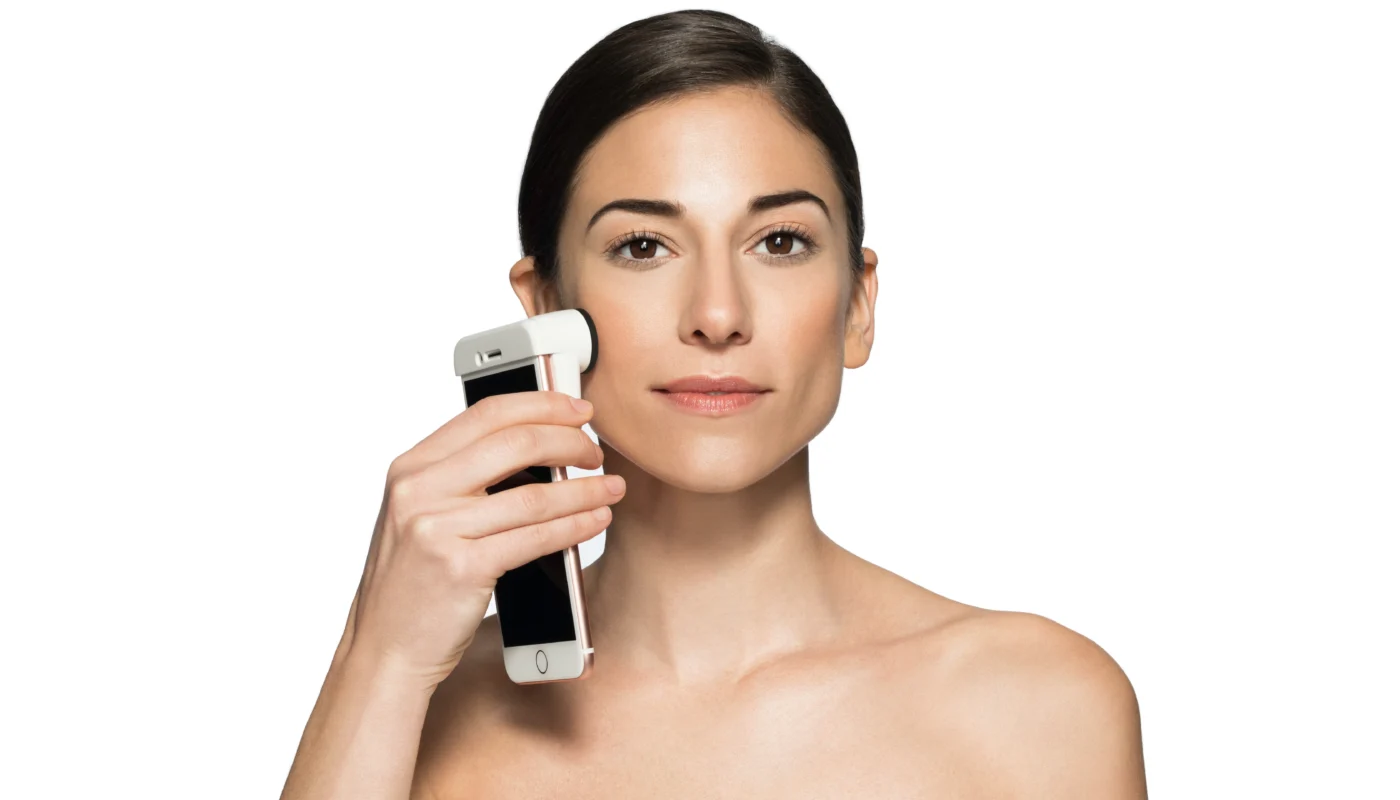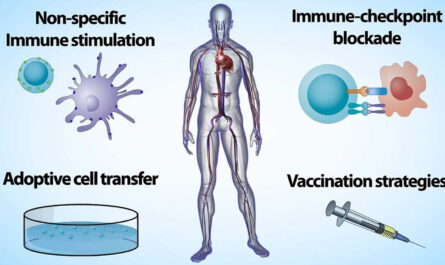Researchers from the Technical University of Munich (TUM) and Helmholtz Munich have developed a method to measure microvascular changes in the skin, which can be used to assess the severity of diabetes. The innovative technique combines artificial intelligence (AI) and high-resolution optoacoustic imaging technology. The study, published in the journal Nature Biomedical Engineering, highlights the potential of this approach in providing non-invasive and accurate assessments of diabetes-related complications.
Optoacoustic imaging is a technique that uses light pulses to generate ultrasound within tissues. These ultrasound waves are then recorded by sensors and converted into images. The signals are generated by the expansion and contraction of tissues surrounding molecules that strongly absorb light, such as hemoglobin. Since hemoglobin is concentrated in blood vessels, optoacoustic imaging enables detailed imaging of blood vessels, which cannot be achieved by other non-invasive techniques.
While the basic principles of optoacoustics have been known for over a century, its practical applications in medicine are relatively recent. Vasilis Ntziachristos, Professor of Biological Imaging at TUM and Director of the Institute of Biological and Medical Imaging and the Bioengineering Center at Helmholtz Munich, and his team have developed various optoacoustic imaging methods, including raster-scan optoacoustic mesoscopy (RSOM).
In this study, the researchers used RSOM to investigate the effects of diabetes on human skin. They obtained RSOM images of the leg blood vessels of 75 individuals with diabetes and a control group. By employing an AI algorithm, the researchers identified 32 significant changes in the appearance of the skin microvasculature that are associated with diabetes. These changes included the number of vessel branches and their diameter.
Biopsies, which involve the examination of small excised skin samples, have previously shown that blood vessels in the skin of individuals with diabetes are altered. However, biopsies are invasive, may deform blood vessels, and cannot accurately represent living conditions over time. RSOM measurements, on the other hand, are non-invasive, take less than a minute, and do not require radiation or contrast agents. RSOM also provides greater depth and detail compared to other optical methods.
The researchers found that diabetes affects blood vessels at different skin layers in distinct ways. In diabetics, the number of vessels and branches in the dermal layer decreased, while they increased closer to the surface of the skin in the epidermal layer. All 32 identified characteristics are influenced by the progression and severity of the disease. However, it is only when these characteristics are combined and a score is calculated that a link can be established between the condition of the small blood vessels in the skin and the severity of diabetes. This groundbreaking finding was achieved in the current study.
According to Vasilis Ntziachristos, the ability to quantitatively describe the effects of diabetes using RSOM opens up new possibilities for the continuous monitoring of over 400 million individuals worldwide affected by the disease. With the potential for portable and cost-effective RSOM devices, this breakthrough could enable fast and painless examinations, allowing individuals to determine the effectiveness of their therapies even in home environments.
In conclusion, the combination of AI and optoacoustic imaging technology represents a promising approach to assess the severity of diabetes-related complications by measuring microvascular changes in the skin. The non-invasive and accurate nature of this technique has the potential to revolutionize the monitoring and management of diabetes, benefiting millions of individuals worldwide.
*Note:
1. Source: Coherent Market Insights, Public sources, Desk research
2. We have leveraged AI tools to mine information and compile it



